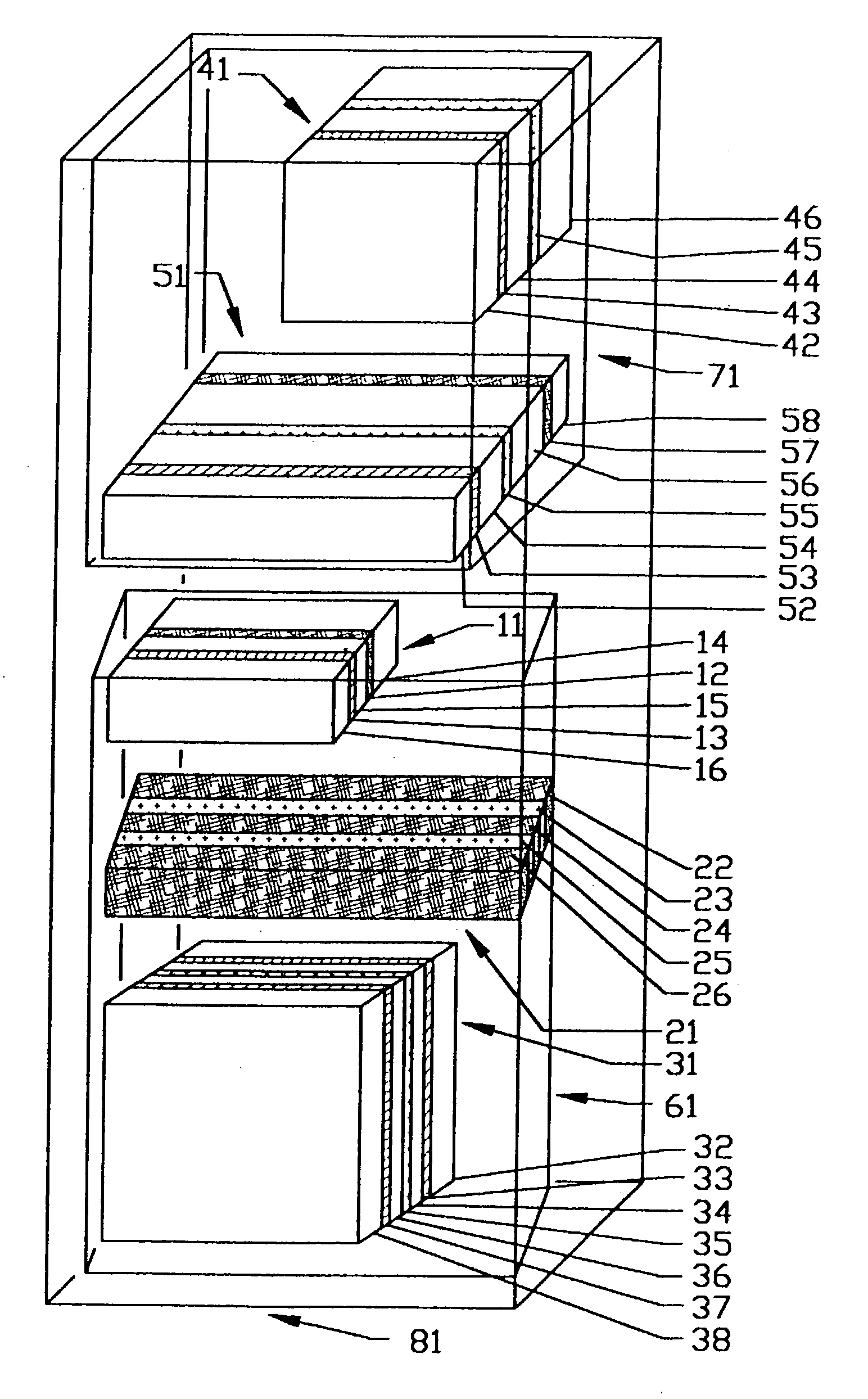However, in reality a seller cannot give the buyer their best offer at a given time, when a true and real procurement is being solicited; if the original price was agreed upon one to three years ago.
Sellers do not maintain long-term inventories and cannot forecast long-term for competitive pricing.
The buyer does not get the optimum price at the time of an actual sale in group-buying because the selling price is not optimized to each sale at a specific given time.
In such a transaction both sides leave somewhat dissatisfied.
The prior art does not provide an efficient market for individuals or large groups because of the nature of the mechanism involved in negotiating terms and pricing and how it is implemented.
Prior art is unable to use the leverage of group-buying at a unique and specific given time with specific prevailing conditions in the market.
Prior art is slow, inefficient and cumbersome.
It is also costly because it is labor-intensive.
Prior art does not readily provide a transaction.
Prior art does not readily provide the management and financial integrity and accuracy of the transactions undergone by the assignment / s, project / s, purchase-order / s, requisition / s etc.
If requested, this is a labor-intensive operation.
Prior art does not readily provide accountability and is generally opaque by not being readily traceable.
Accountability and
Traceability or an audit is a labor-intensive operation.
Prior art does not readily provide supporting analysis of the transaction.
Such analysis is labor-intensive.
Prior art does not readily provide an analysis of procurement by public funds that may be fully or partially disclosed to the participant / s as appropriate to each assignment / s, project / s, purchase-order / s, requisition / s etc.
Prior art does not readily provide a market for sellers in general or sellers at different tiers or seller of a
specialty.
Such sellers who are usually small and have
limited resources miss out on selling opportunities.
Prior art does not readily provide a transaction that is integrated with functions that precede and follow the
purchasing function.
Prior art does not readily provide efficiency in
processing the procurement.
An act is often repeated, decreasing productivity.
Prior art does not readily provide the flexibility to `market` appropriately.
It does a poor job of marketing to an appropriate market for specific assignment / s, project / s, work / s, commodity / ies.
This is so because their methods do not lend to optimizing the market within all other criteria for procurement.
Savvy sellers take
advantage of the buyers, often leading to an overpayment by the buyer.
Prior art does not readily provide control of the process of an acquisition or a procurement.
Prior art does not readily provide means, methods, apparatus procedures etc. to prevent Monopsony.
The consortia or the buyers groups often create an inadvertent violation of antitrust laws.
It is impractical to implement and reduces opportunities for small sellers to respond to large bundles.
The smaller businesses protest the idea of bundling, because it prevents them to qualify for the size of the contract or they are incapable of
processing such an order for a lack of resources.
These systems were perceived many years ago when communications was slow and cumbersome.
Second, the buyer pays the seller the pre-set price for the item.
However the use of such a
system by a buyer can back-fire on the buyer since the buyer, by law cannot bypass the contract or pay less or more than the pre-set price.
By default, negotiated prices from the seller are not the best--because at the time of negotiation, the seller has no guarantee of a sale or the ability to take a price risk that will be locked for one to three years.
Prior art does not readily provide or facilitates in bringing the producer closer to the end-user with fewer intermediaries, to conduct a transaction in business, trade and commerce.
This causes an unfair accumulation of intermediary-cost to the substance for sale.
However such contract bundling also `back-fired` in that it severely curtailed and / or defeated the concurrent achievement of the socioeconomic goals which are equally important in the public sector.
We cannot afford to revert back to the paperwork and labor-intensive system of the past.
Nor can we pursue operational efficiencies at the expense of reducing small business opportunities.
Currently there are no practical alternatives that will accomplish the objectives of this proposed rule.
There is also an absence of such a mechanism that can accomplish all of these goals.
 Login to View More
Login to View More  Login to View More
Login to View More 


